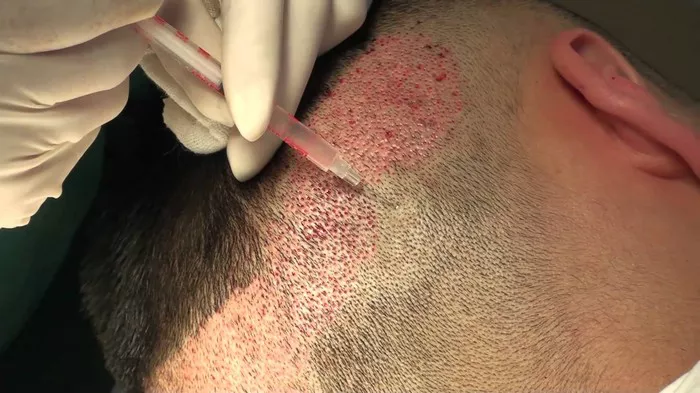In the quest for a fuller head of hair and enhanced self-esteem, many individuals turn to hair transplant procedures. However, a lingering concern often plagues potential candidates: Does hair transplant damage existing hair? In this comprehensive article, we will explore this topic in detail, providing insights into the impact of hair transplants on your existing hair, backed by credible data and expert opinions.
The Process of Hair Transplantation
Before delving into the potential effects on existing hair, it’s crucial to understand the hair transplant procedure itself. Hair transplant surgery typically involves the extraction of hair follicles from donor areas, usually the back of the scalp, and their transplantation into areas with thinning or no hair. This process has evolved over the years to become increasingly precise and minimally invasive.
Hair Transplants and Existing Hair: The Myths
There are several misconceptions surrounding hair transplants and their impact on existing hair. It’s essential to address these myths and clarify any misunderstandings:
Myth 1: Hair Transplants Damage Existing Hair – This is a common misconception that we will examine more closely.
Myth 2: Hair Transplants Guarantee Permanent Results – Understanding the limitations of hair transplants is equally important.
Myth 3: All Hair Transplant Methods Are the Same – Different techniques yield different results.
The Truth About Hair Transplants and Existing Hair
Let’s dissect the main concern: Does hair transplant damage existing hair? The answer is generally no. Here’s why:
1. Precision and Skill:
Experienced surgeons perform hair transplants with utmost precision, ensuring that existing hair follicles are not harmed during the process.
2. Micrografts and Minimally Invasive Techniques:
Modern hair transplant techniques, such as Follicular Unit Extraction (FUE), involve the extraction of individual hair follicles, minimizing the risk of damage to surrounding hair.
3. Natural Growth Patterns:
Skilled surgeons place transplanted hair follicles in a way that mimics natural hair growth patterns, avoiding interference with existing hair.
Understanding the Shedding Phase
It’s important to note that after a hair transplant, patients may experience a temporary shedding of existing hair in the recipient area. This shedding is a natural part of the hair growth cycle and is known as “shock loss.” It occurs as the transplanted follicles adjust to their new environment. However, it’s essential to differentiate between this temporary shedding and permanent damage.
Managing Expectations
When considering a hair transplant, it’s crucial to have realistic expectations. Here are some key points to keep in mind:
1. Temporary Effects:
Temporary changes in existing hair are possible during the adjustment period, but these are typically short-lived.
2. Consultation with a Specialist:
Consultation with a qualified hair transplant specialist is vital. They can assess your unique hair loss situation and provide personalized advice.
Post-Transplant Care and Maintenance
To ensure the best possible outcome from a hair transplant and to minimize any potential effects on existing hair, patients must follow post-operative care instructions diligently:
1. Gentle Hair Care:
Avoid harsh shampoos and excessive rubbing of the scalp.
2. Medications:
Your surgeon may prescribe medications to promote healing and hair growth.
3. Follow-Up Appointments:
Regular follow-up appointments with your surgeon will help monitor your progress.
See Also: [Revealed!] Can You Still Go Bald After a Hair Transplant?
In conclusion
The notion that hair transplants damage existing hair is largely a misconception. With the advancements in surgical techniques and the expertise of skilled surgeons, the risk of damaging existing hair during a transplant is minimal. Temporary shedding, known as shock loss, is a natural part of the process and should not be confused with permanent damage. As with any medical procedure, it’s essential to consult with a qualified specialist, have realistic expectations, and adhere to post-operative care guidelines to ensure the best possible results from a hair transplant.


